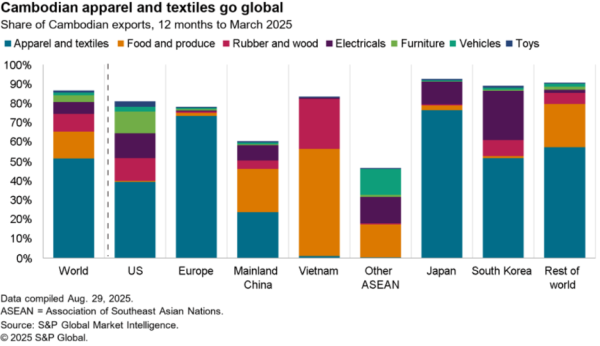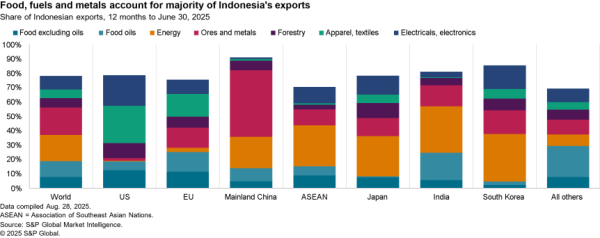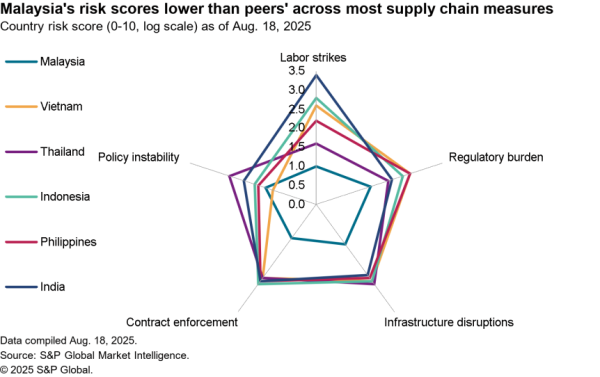Panjiva held its 2020 Outlook event on Feb. 14 at the NYSE, including two panels. This report provides a selection of points raised in the second panel as well as an audience poll – a video of the full event is available on YouTube.
The panel included Rochelle March (Trucost), Brian Partridge (451 Research) and Eric Oak (Panjiva) and was moderated by Warren Breakstone (S&P Global Market Intelligence).
Topics covered were broadly based on Panjiva’s 2020 Outlook for supply chain technology and discussed the use of tools ranging from blockchain and AI to IOT and environmental data in supply chain decision making. Broadly speaking the focus was less on the technology in itself, but rather how to deliver the opportunities new technologies offer.
Setting the scene – explosion ongoing (Breakstone)
There’s been a precipitous drop in the cost of doing digital business – in the past 20 years 1GHz of processing power dropped from cost of an apartment to that of a cup of coffee while 1TB storage used to cost tens of millions of dollars and now costs $10 to rent.
There’ll be 13.8 billion IOT devices installed by 2024, providing lots more data as well as a lot more risks. Managing this new data flow is a huge issue and has created a new profession of data-scientists. At same time security risks are significant while there are also the physical and regulatory effects of climate change to consider.
Poll: Which technological development has the most promise in 2020
Global supply chain decision makers are faced by a panoply of technological choices for enhancing their business operations – some have more value than others. Audience opinion about the five technologies were evenly balanced though machine learning / AI-based decision making led the way with 37% of respondents rating it most highly. Blockchain was second with 21% while additive manufacturing came in last (11%).
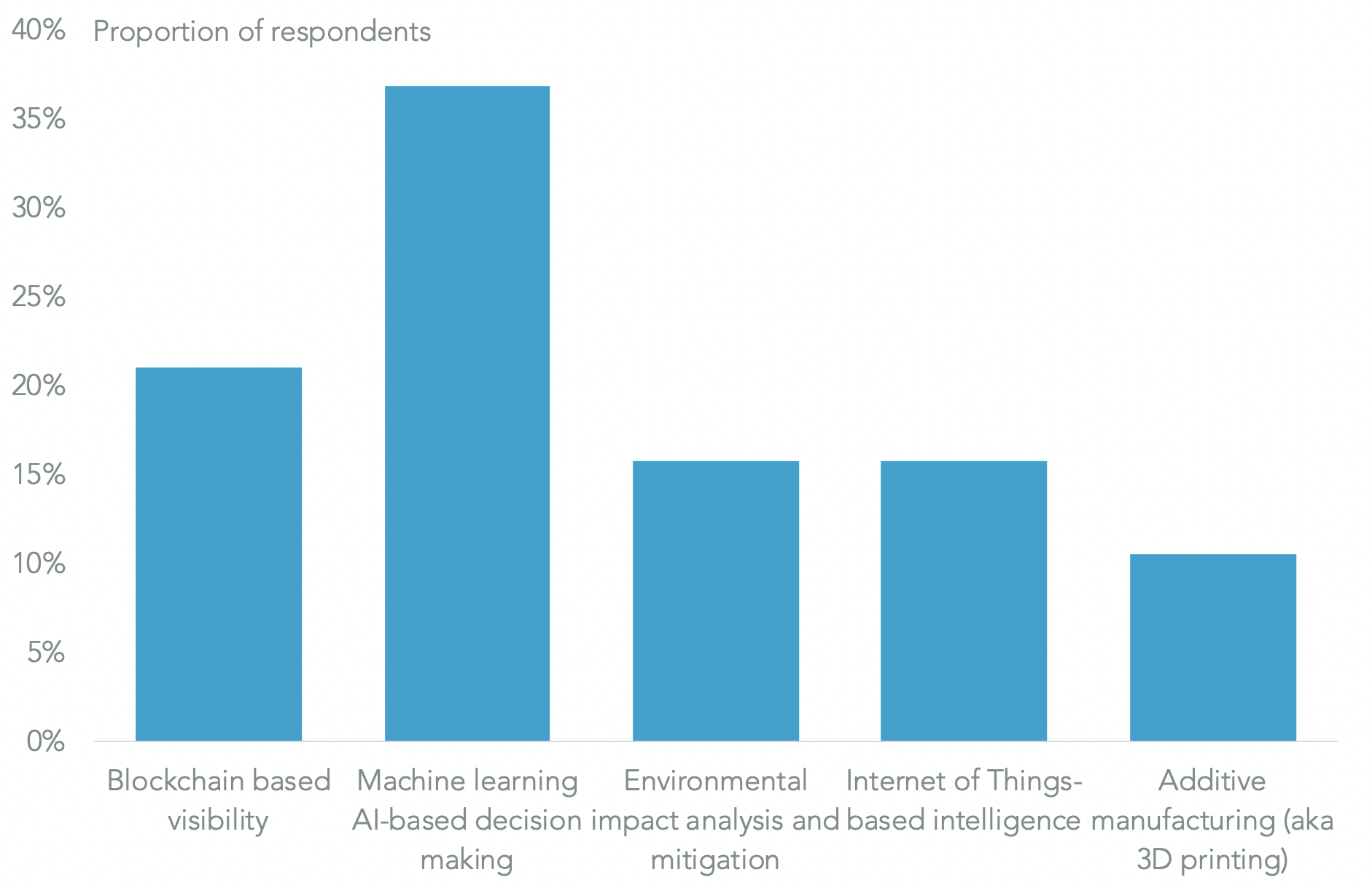
Source: Panjiva
Which technologies are overrated (Partridge, Oak)
5G will be on back burner for supply chains for a while, with release 17 likely to be the time when a roll out into business-to-business applications will occur. Initially 5G will be focused on consumer devices.
The main benefits the 5G promises are driven by supply chain transparency, but firms need to get used to current generation IoT solutions first.
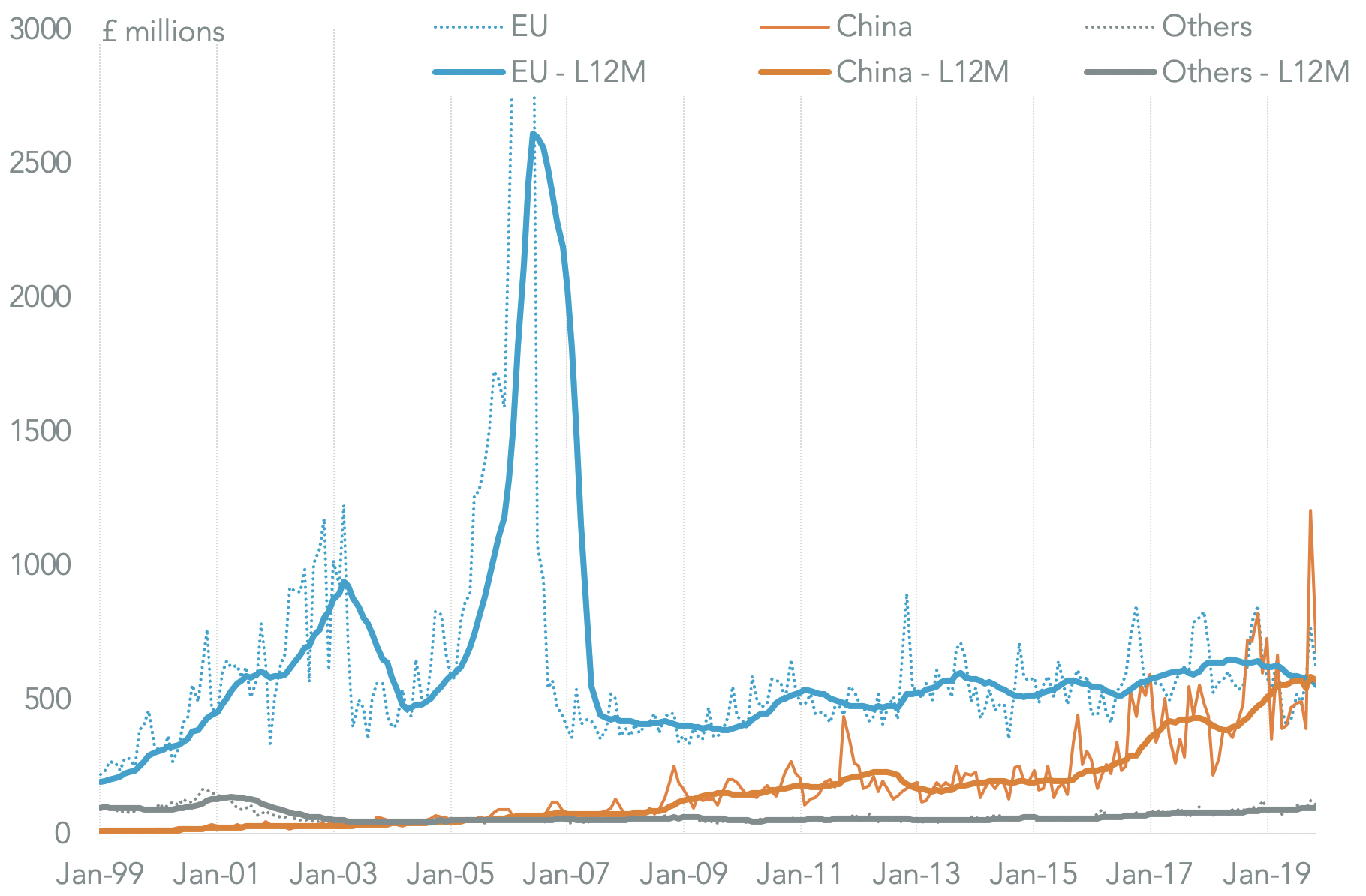
Source: Panjiva
Managing risks (Partridge, March, Oak)
There are huge opportunities for machinery optimization using IOT devices and data, but every node in the network is an area of cyber security risk. There’s a particular risk for manufacturers of components should customers trust in the products’ reliability be shaken.
The mass collection of personal data through IOT devices is a challenge yet to be addressed, with policies being developed on how such data can be used and controlled. There’s also a risk of disenfranchisement given how machine learning models have been trained historically.
Making significant changes to supply chain operations to accommodate new technology essentially involves breaking apart business processes. That process is both highly risky and needs careful timing.
Blockchain – how much is enough? (Oak, Partridge, March)
Blockchain technologies – such as Tradelens in the logistics sector – can provide a trusted and transparent repository for data, but there needs to be significant participation in a given sector for the technology to be truly useful. As an example the industry coverage of Tradelens among U.S. ports is still below 50% – it isn’t clear though what level is needed for it to be useful at an industry level.
Not all blockchain applications need a blockchain. Oftentimes a trusted data repository is what is needed, which can equally be handled via a trusted intermediary without the complications a blockchain implementation brings.
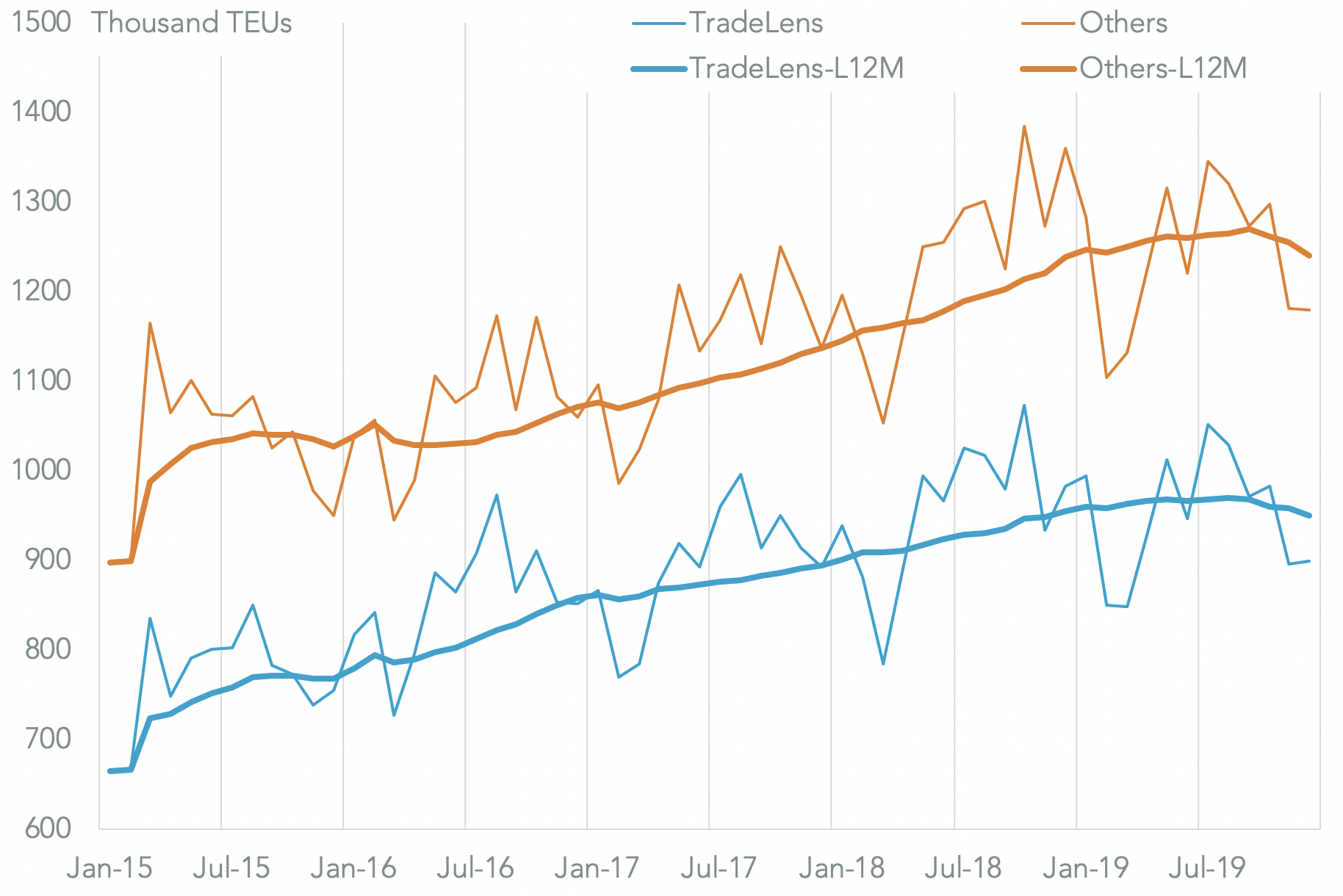
Source: Panjiva
Mind the gap – financing environmental investment (March)
Carbon pricing or border taxes are already in place in 47 counties so environmental issues are imposing a real cost for firms already and so need to be part of decision making.
There’s a premium on environmental bonds and financing that reflects willingness of markets to invest. However, there is a need to shine a light on what those investments are actually contributing to in terms of environmental outcomes.
Getting it done – hiring a challenge (March, Partridge)
Around three-quarters of firms see challenges from hiring in technology jobs. That’s led many to build skills internally rather than trying to hire. There’s also a generational issue in terms of how firms present themselves which can help if gotten right and hinder if not.
Increasingly though firms are expecting their suppliers to have technology and analytical layers built into their products rather than having to develop them after purchasing.
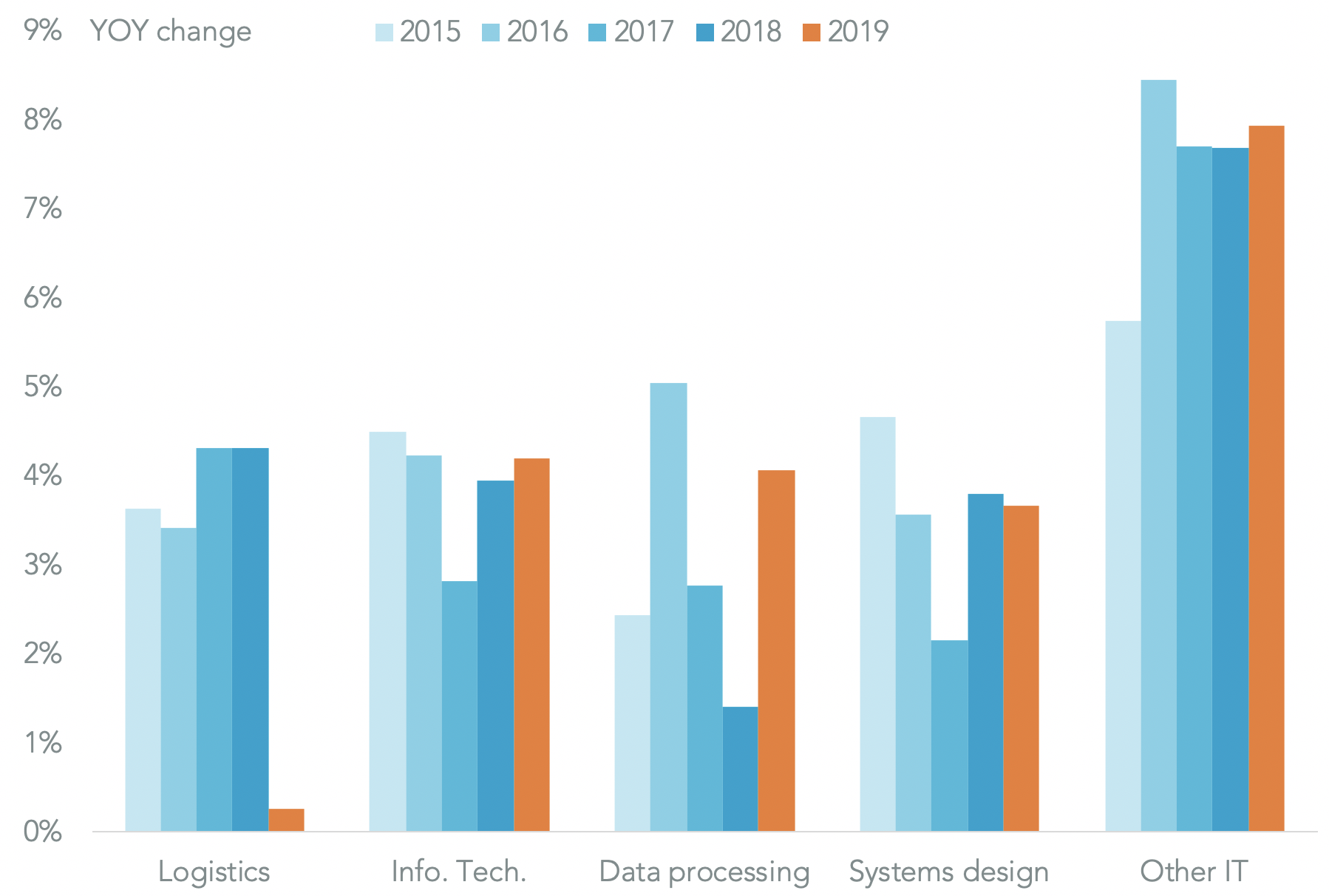
Source: Panjiva

